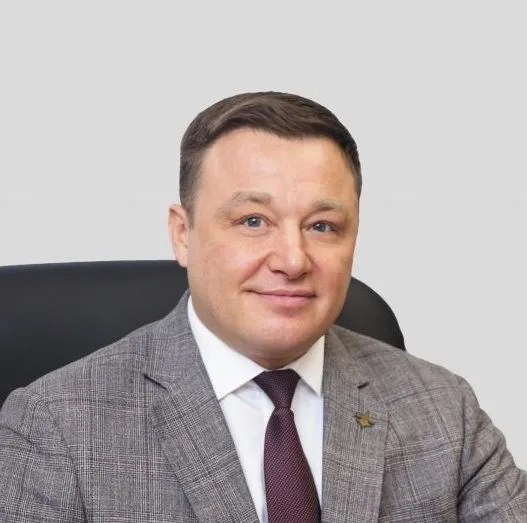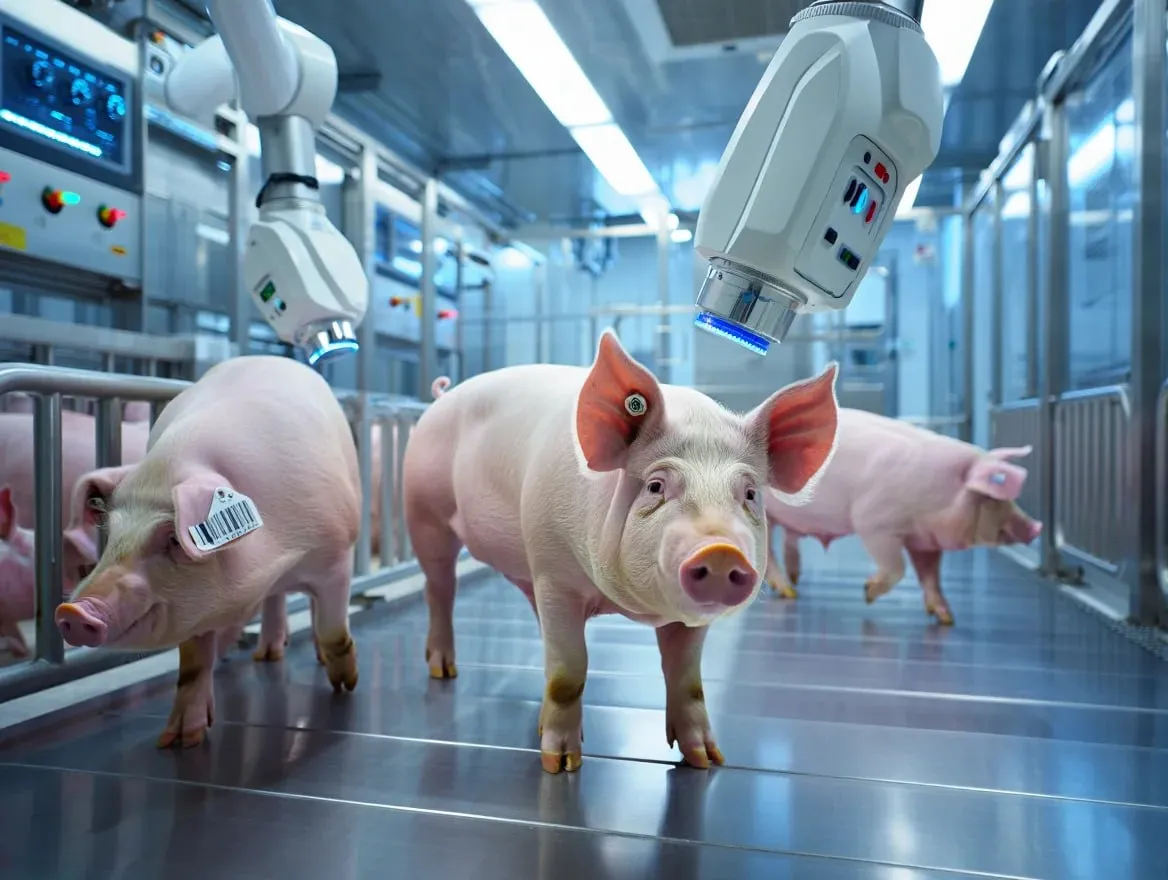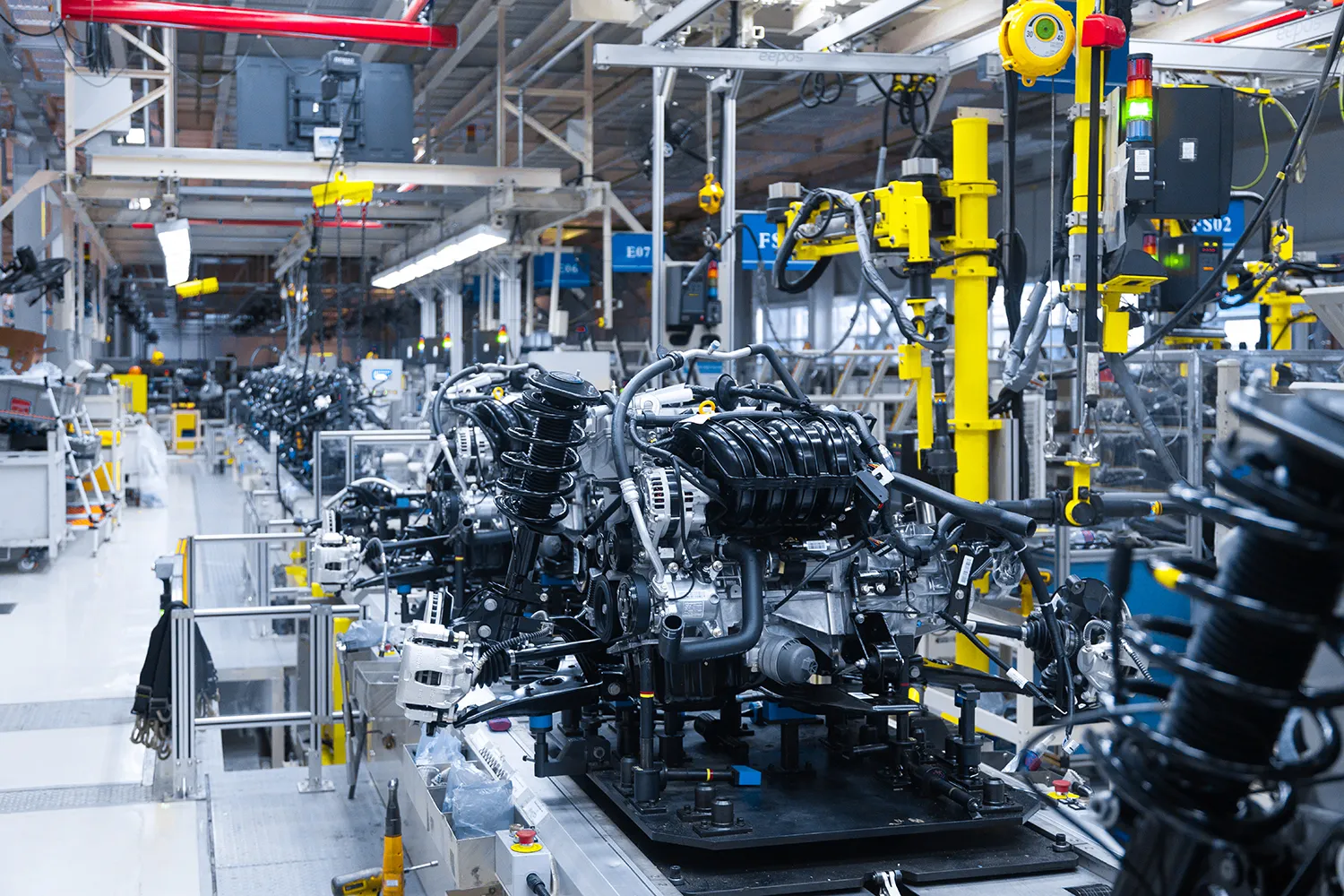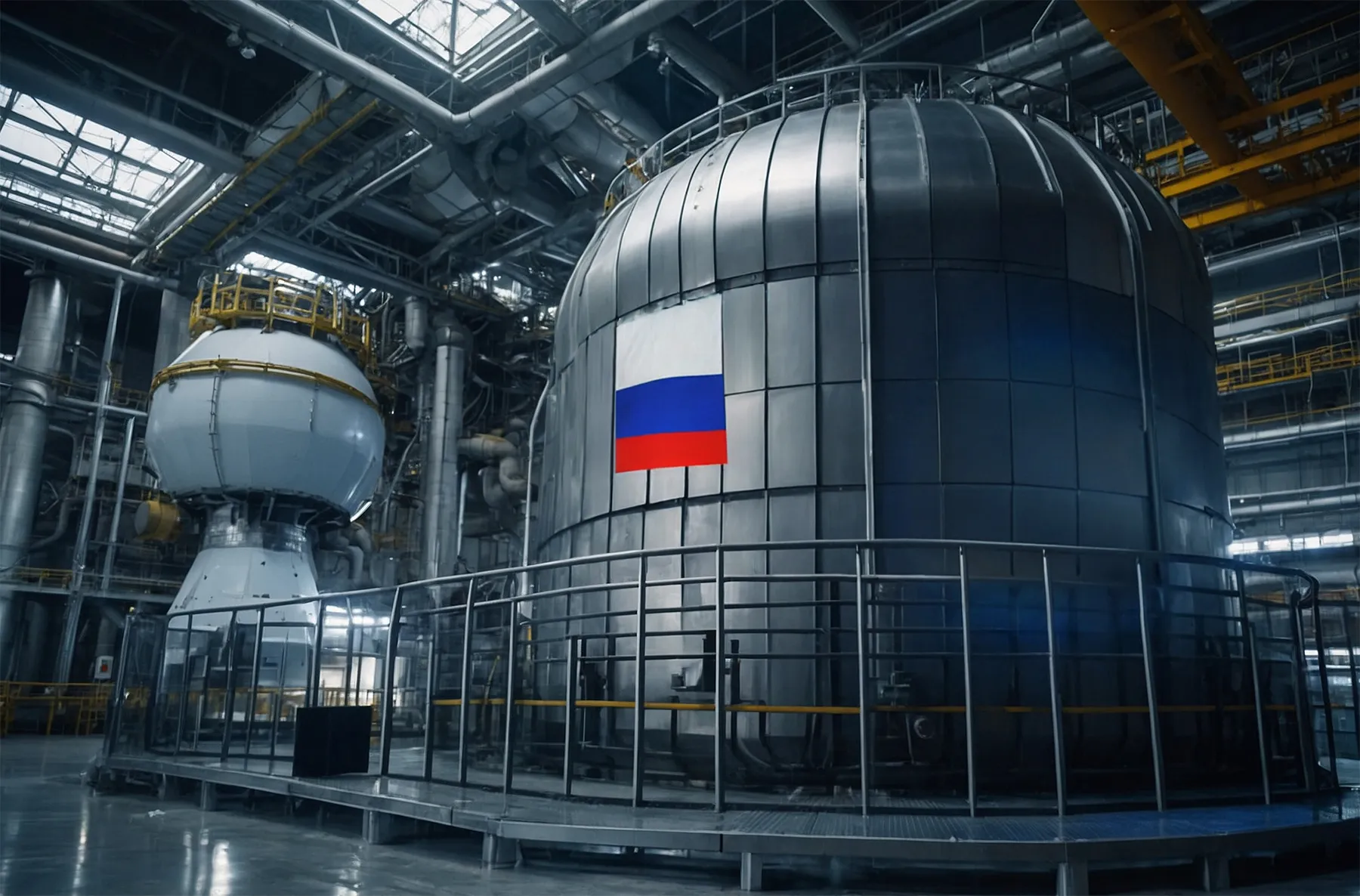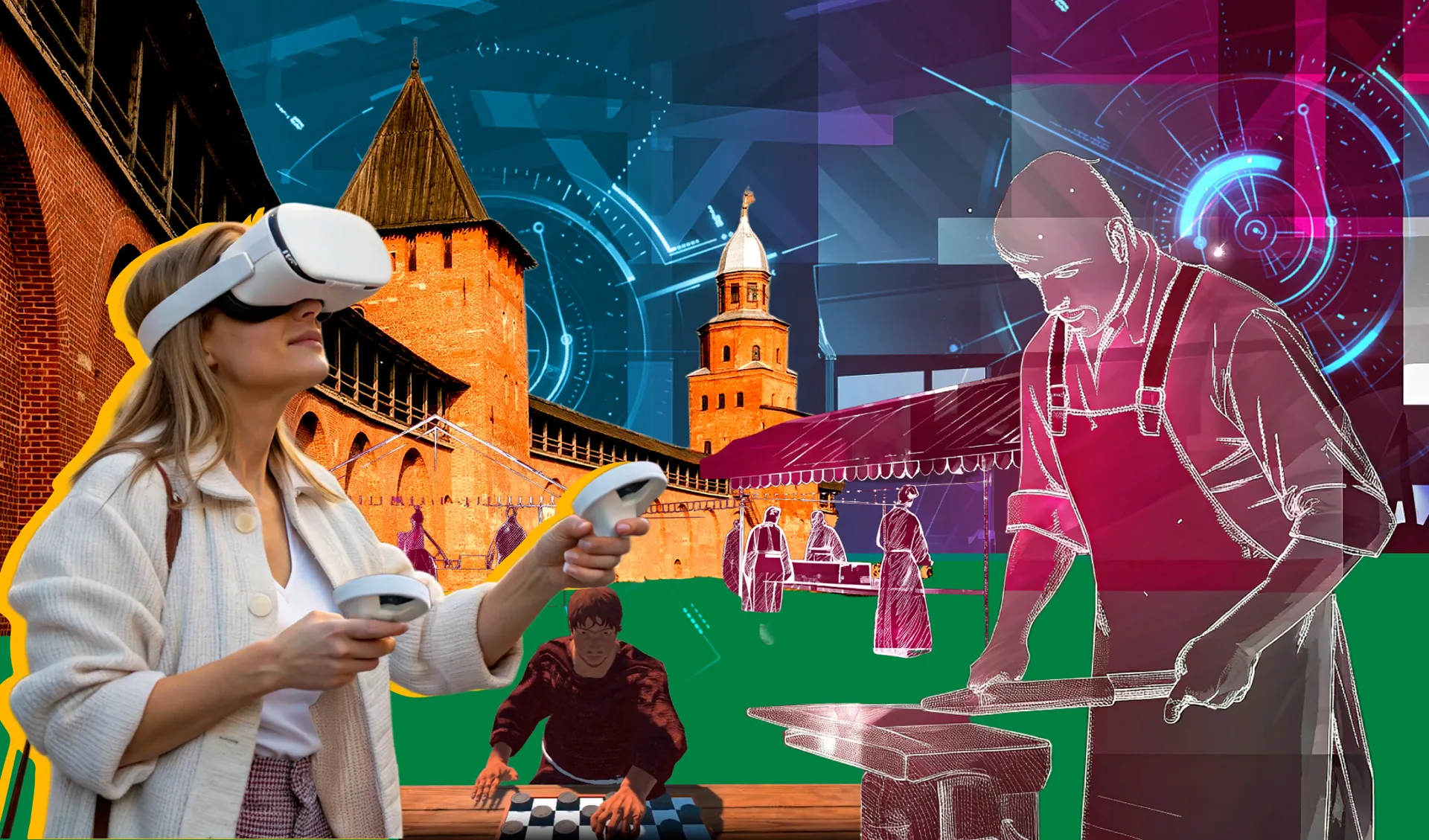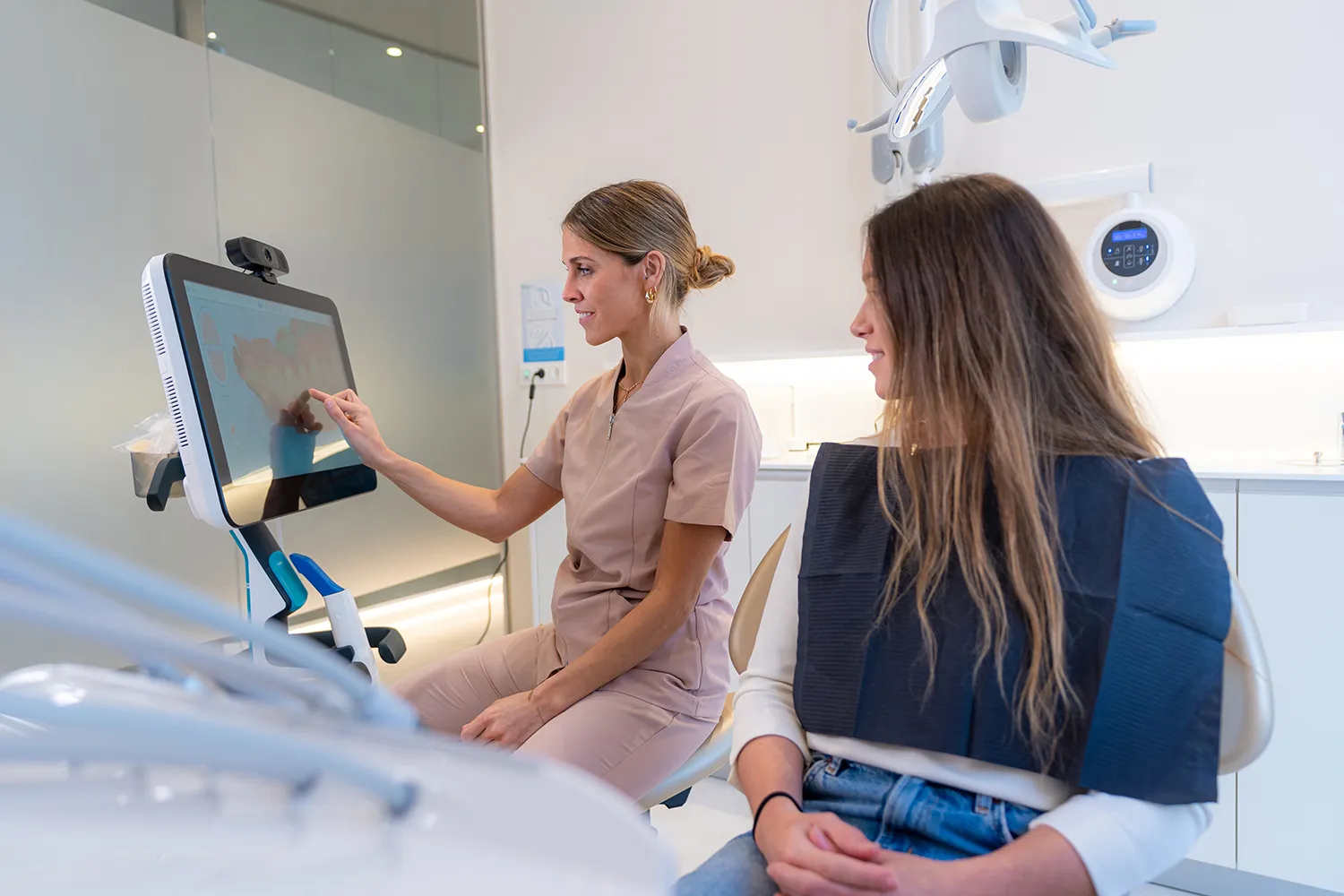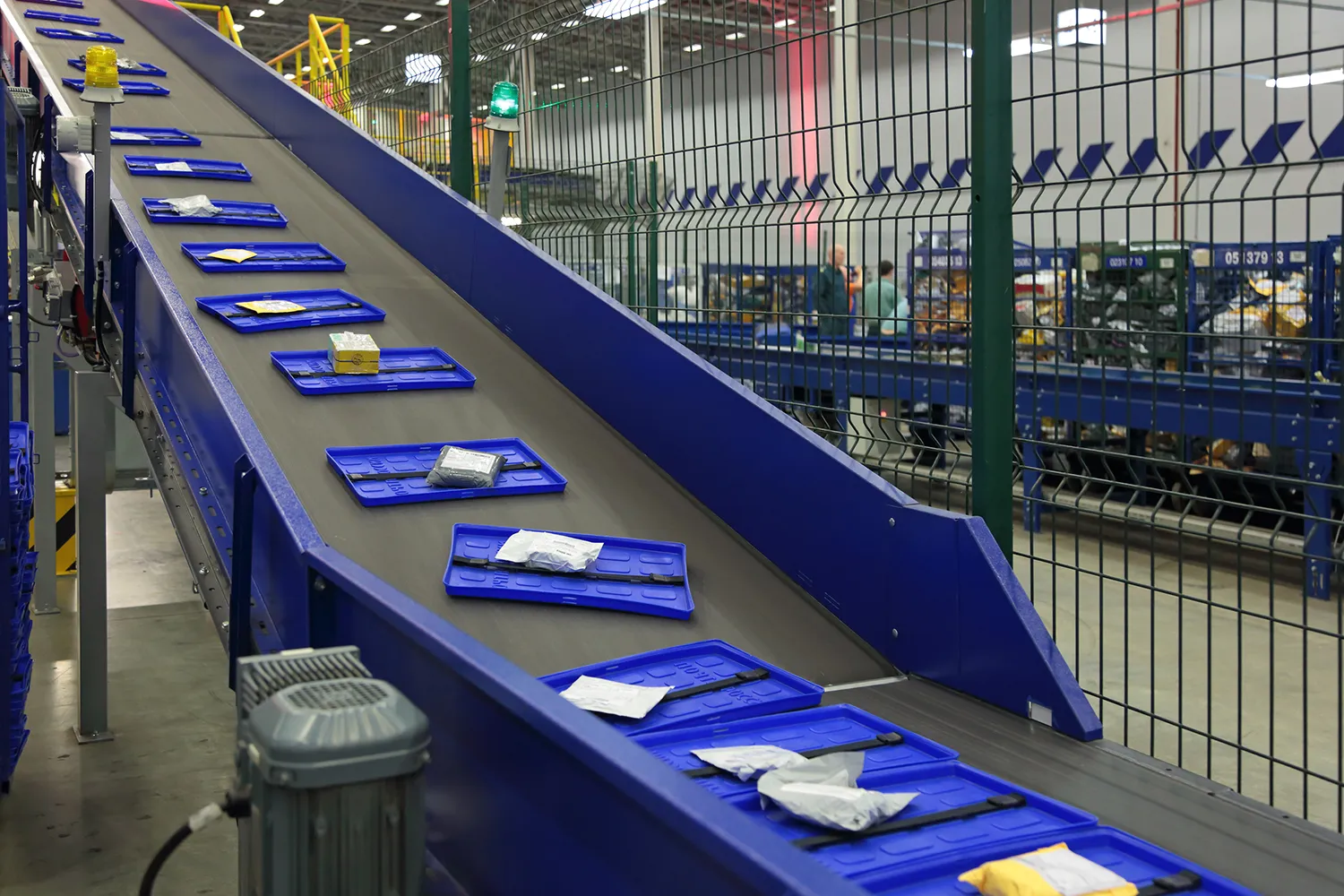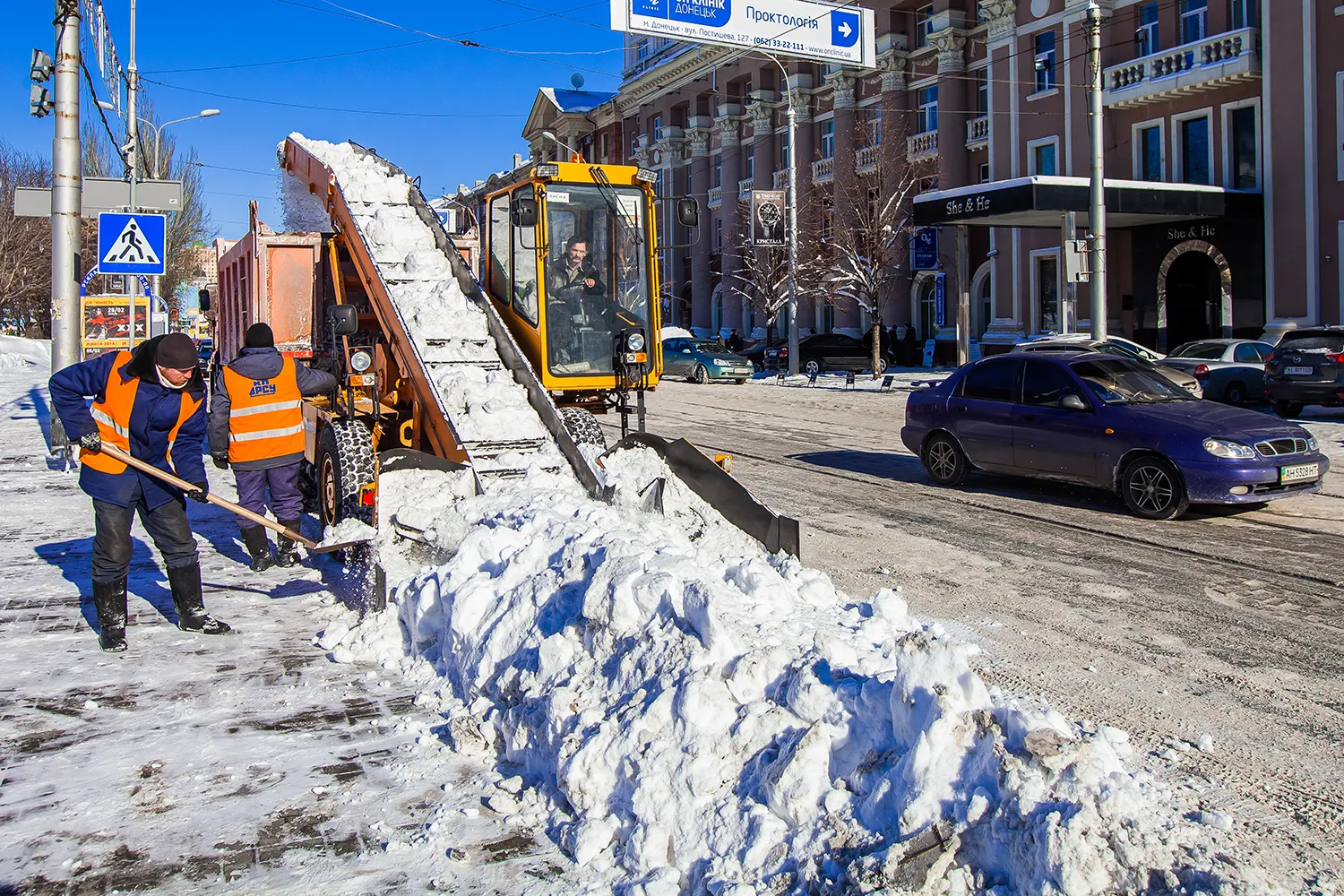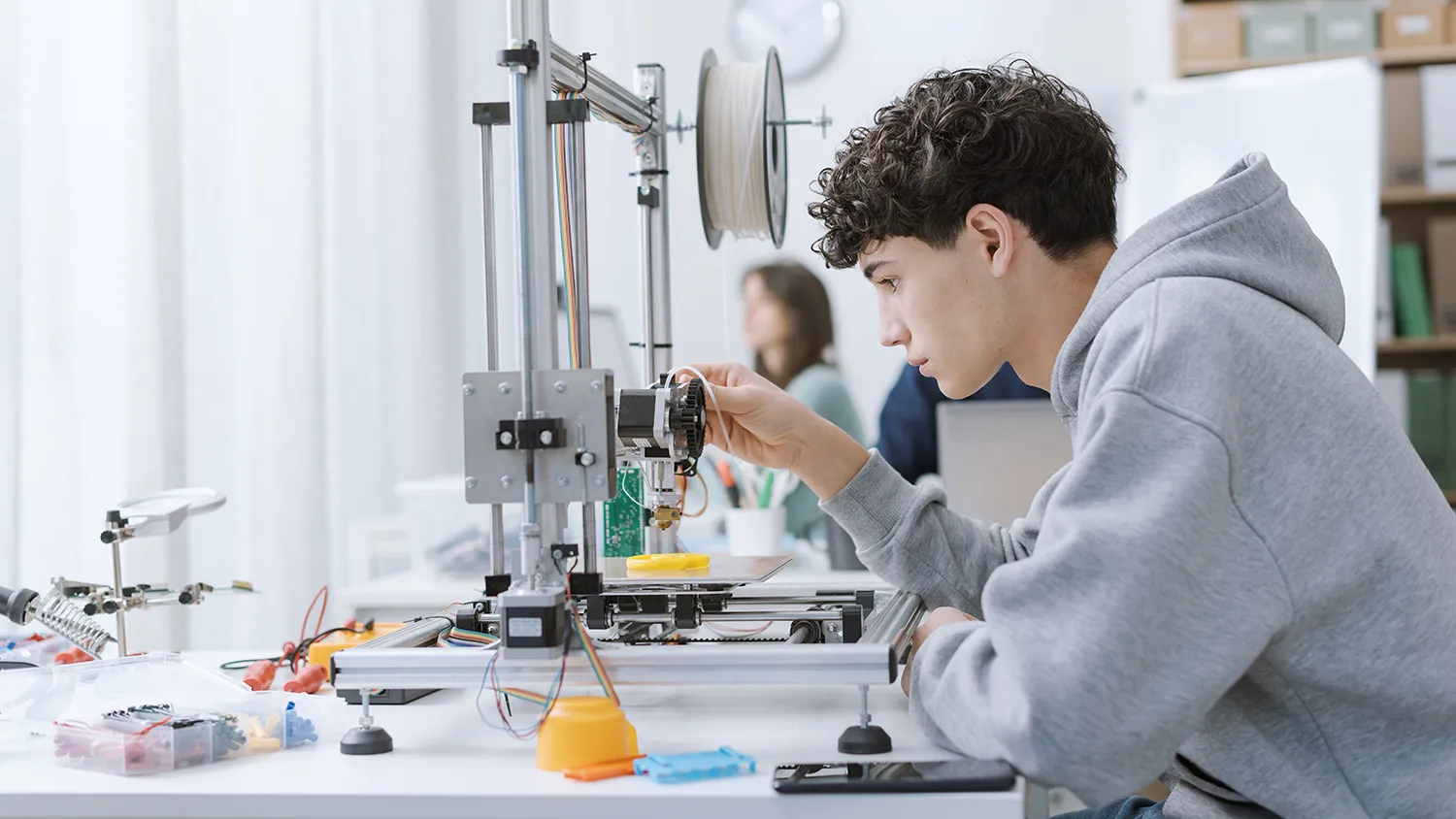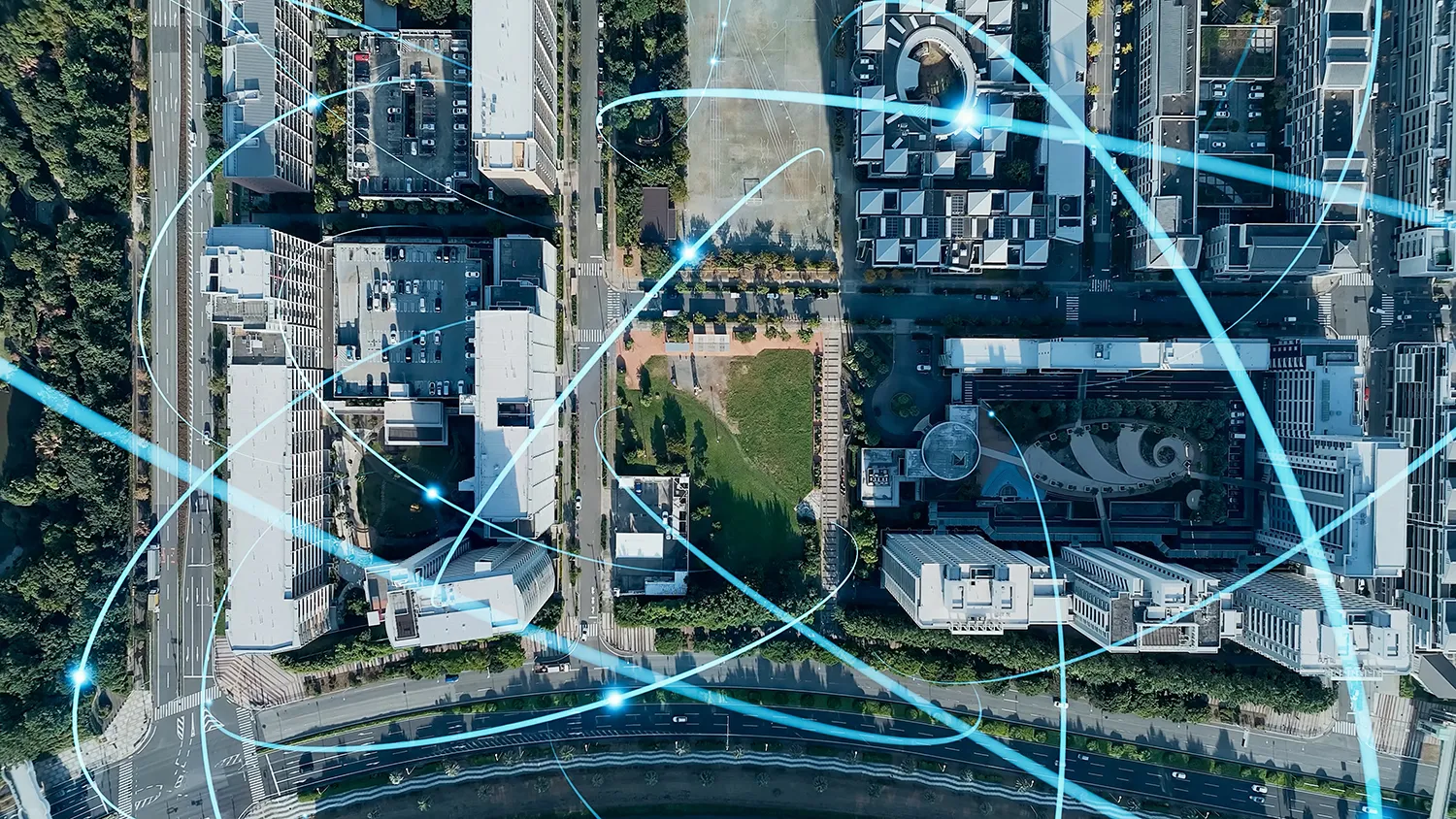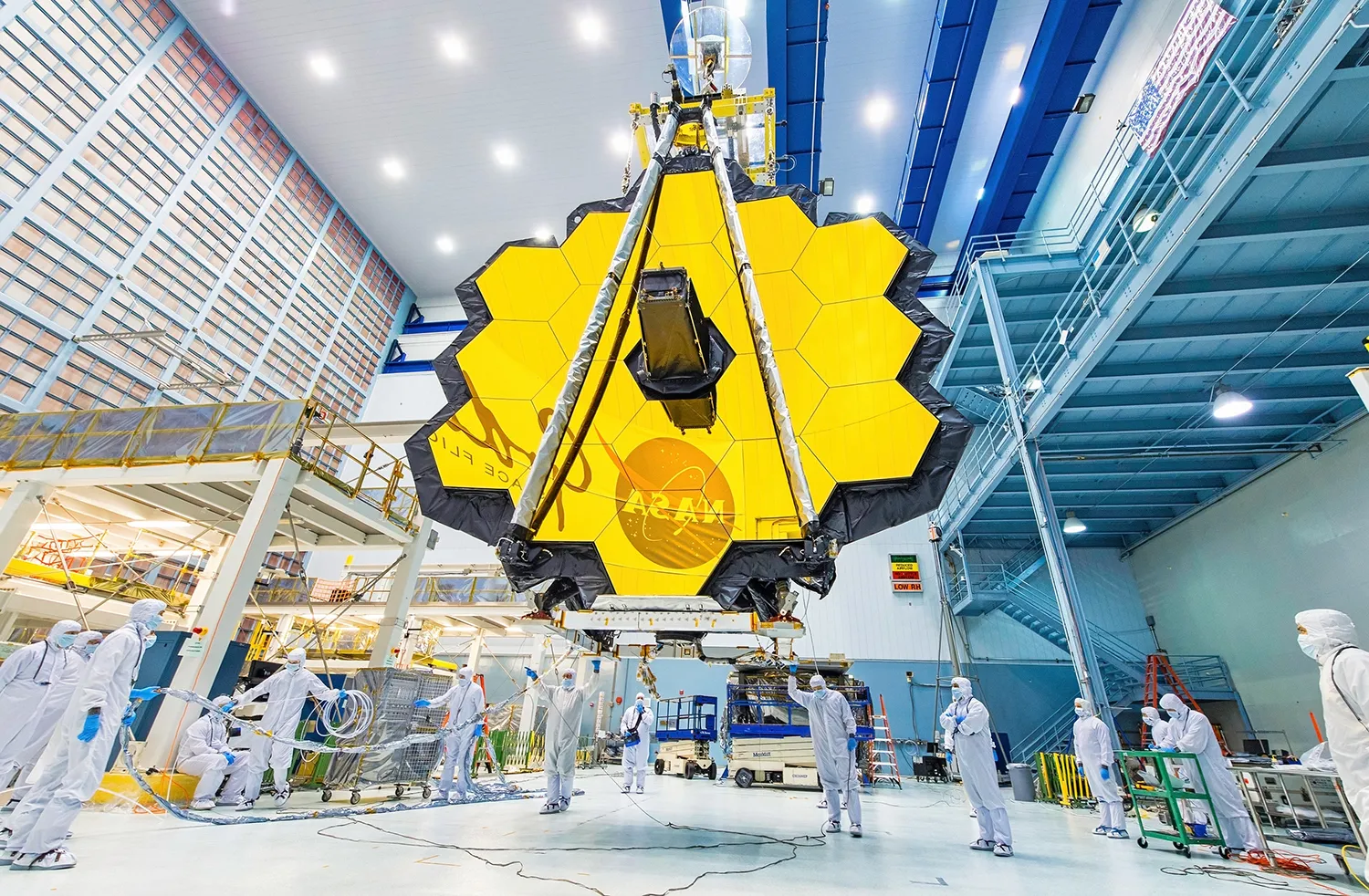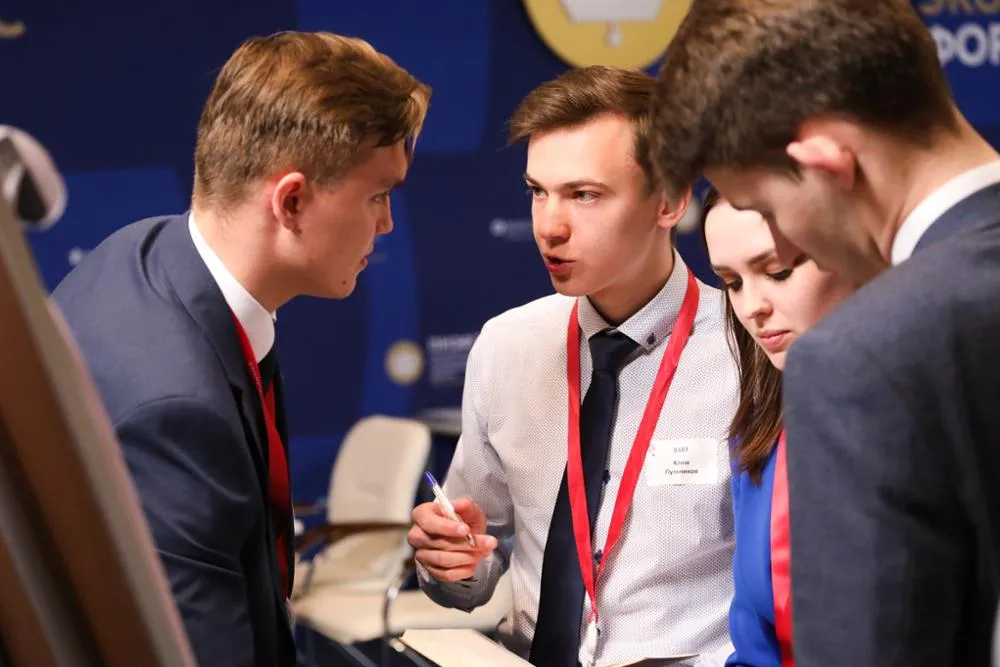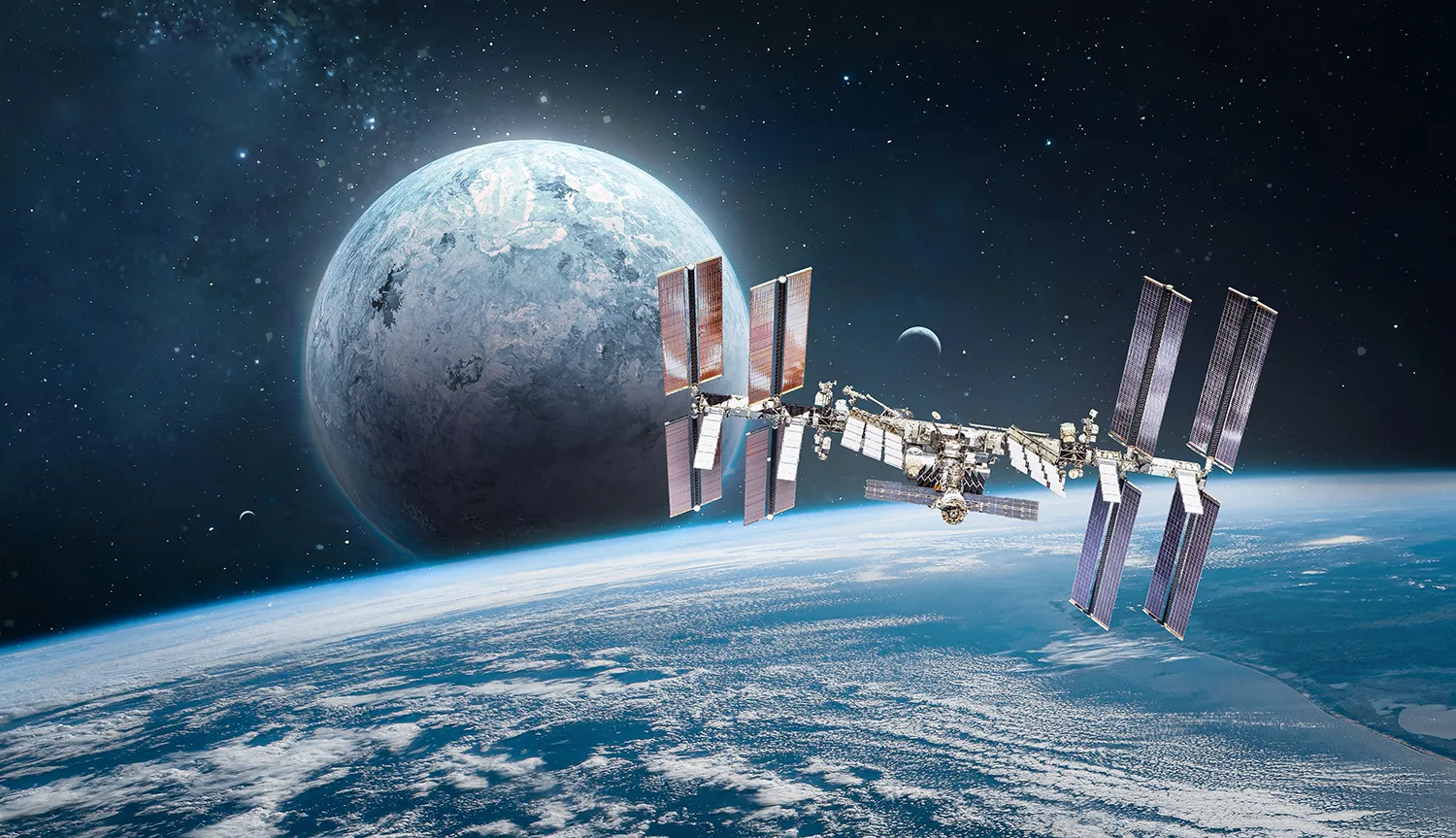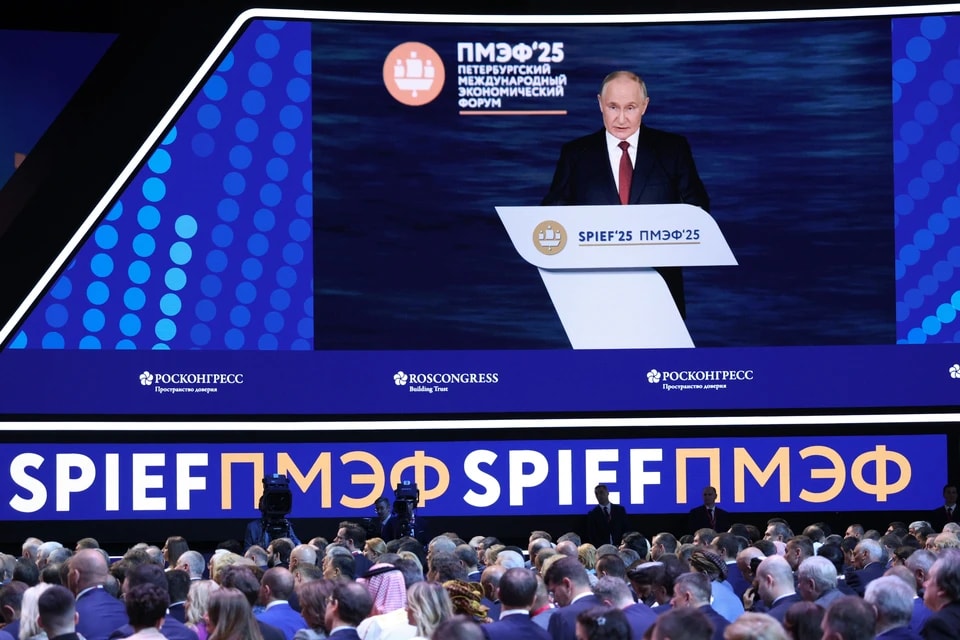Rosatom at Rosmould 2025: The Future of Additive Manufacturing

At Rosmould 2025 in Moscow, Russia’s nuclear energy giant Rosatom showcased cutting-edge developments in industrial metal 3D printing that could reshape global supply chains and redefine production standards.
A New Era in Production
The centerpiece of Rosatom’s exhibit was its flagship 3D printer, the Rusmelt 300M, which utilizes selective laser melting (SLM) technology. The corporation also displayed a range of 3D-printed components, including pipe fittings, an impeller, a pipe connector, a single-cylinder engine part, and a spacer grid from a nuclear fuel assembly.
According to Rosatom’s press service, additive manufacturing significantly reduced production time, enhanced design efficiency, and improved the functional and operational characteristics of the presented parts.
Toward Scalable Additive Manufacturing
Additive technologies present significant export opportunities. More than 30 Rosatom enterprises have already integrated 3D printing into their operations, transitioning from pilot projects to serial production. This shift reduces manufacturing costs, accelerates the production of complex components, and creates new jobs.
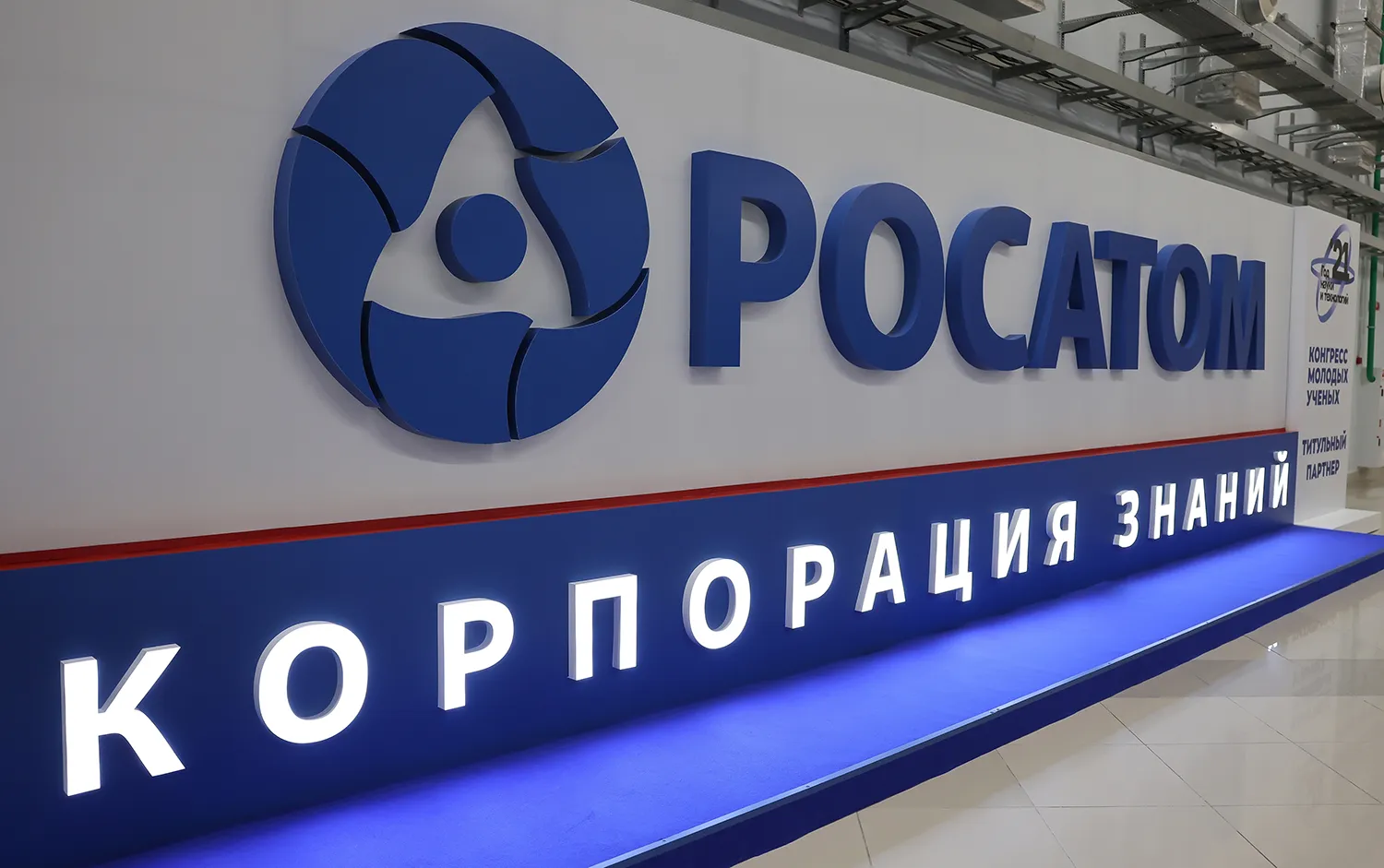
Rosatom is building a complete manufacturing ecosystem—from 3D printers like the Rusmelt 300M, to in-house-developed powder materials, to proprietary software adapted to international standards.
Integrating artificial intelligence and robotics further enhances the potential of additive manufacturing. AI systems analyze material and print parameter data to reduce defects and improve quality, while robotics automates post-processing—a critical factor for serial production. These innovations are tailored to the needs of mechanical engineering, energy, aerospace, and medical sectors, including the production of biocompatible implants.
For international partners, access to such advanced solutions—customizable to local needs—offers a path to reduce reliance on Western suppliers.
Strategic Progression
Over the past five years, Rosatom has consistently advanced its additive manufacturing capabilities, participating in key trade shows and forums. In 2021, it debuted its solutions at Rosmould 2021. In 2022, the corporation launched Additive Technology Centers (ATCs) at universities to build a national training infrastructure. In 2023, development roadmaps were signed with regions like Tatarstan. In 2024, Rosatom unveiled new serial printers—such as the Rusmelt 600M and MeltMaster3D-550—at industry expos like KazatomExpo and TulaTECH.
These steps reflect the evolution from R&D-focused initiatives to broad industrial deployment, reinforcing Russia’s standing in the global technology race.
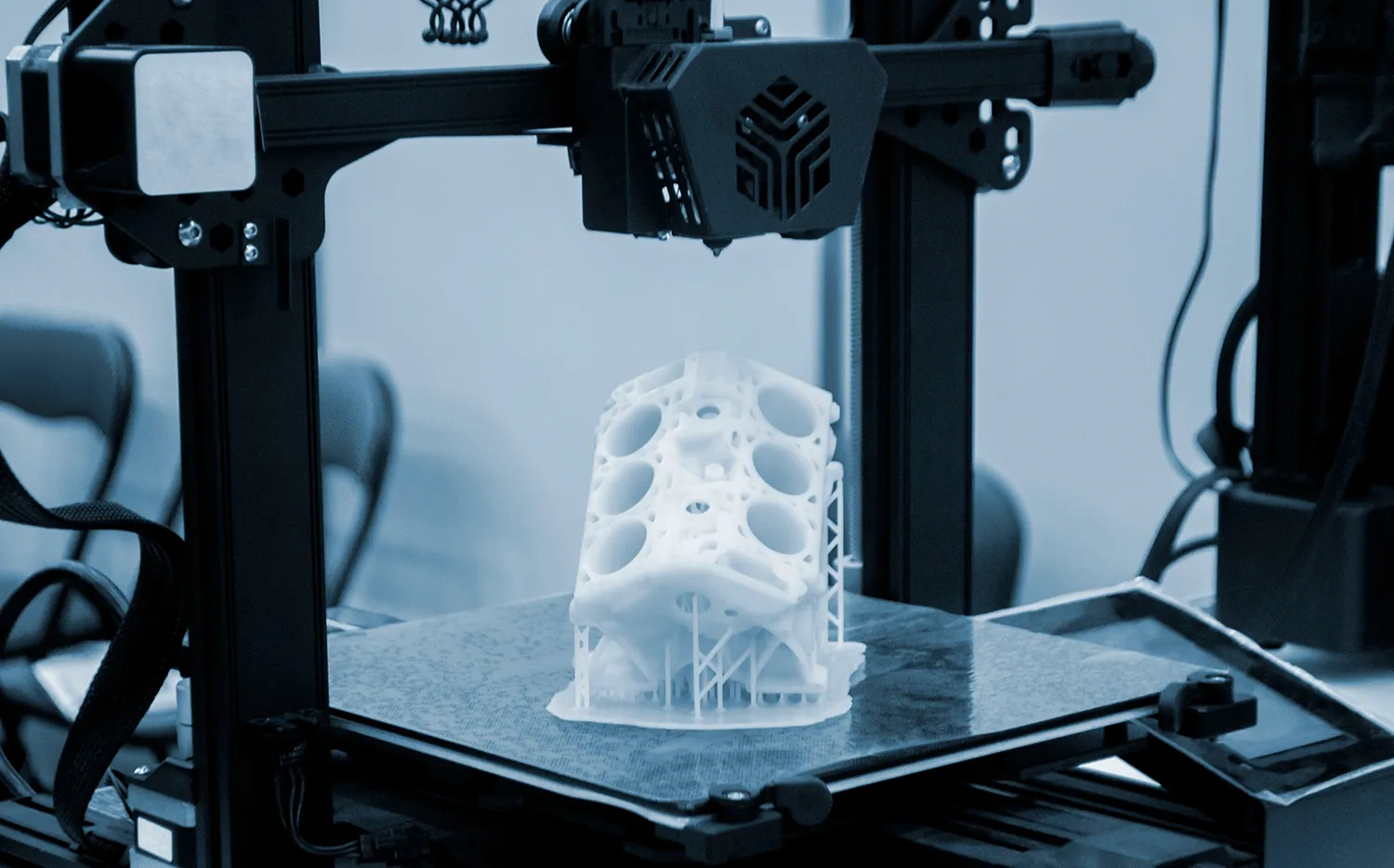
Outlook: A Global Additive Manufacturing Powerhouse
The Rusmelt 300M’s debut at Rosmould 2025 confirms Rosatom’s emergence as a full-cycle player in the additive manufacturing field. Government support—including 300 billion rubles in funding over the next three years—and initiatives like ATC development are laying the foundation for long-term growth.
Russia is expected to see a growing number of enterprises adopting 3D printing, particularly in mechanical engineering, energy, aerospace, and medicine. Universities such as Tomsk Polytechnic University will play a key role in producing a new generation of skilled specialists.
Internationally, Rosatom’s pilot projects are likely to expand into the CIS, Asia, and Latin America, strengthening Russia’s technological sovereignty and securing its role in global manufacturing value chains. In the near future, integrating AI and robotics could lead to smart factories where additive manufacturing becomes a production standard—positioning Russian industry as globally competitive.


